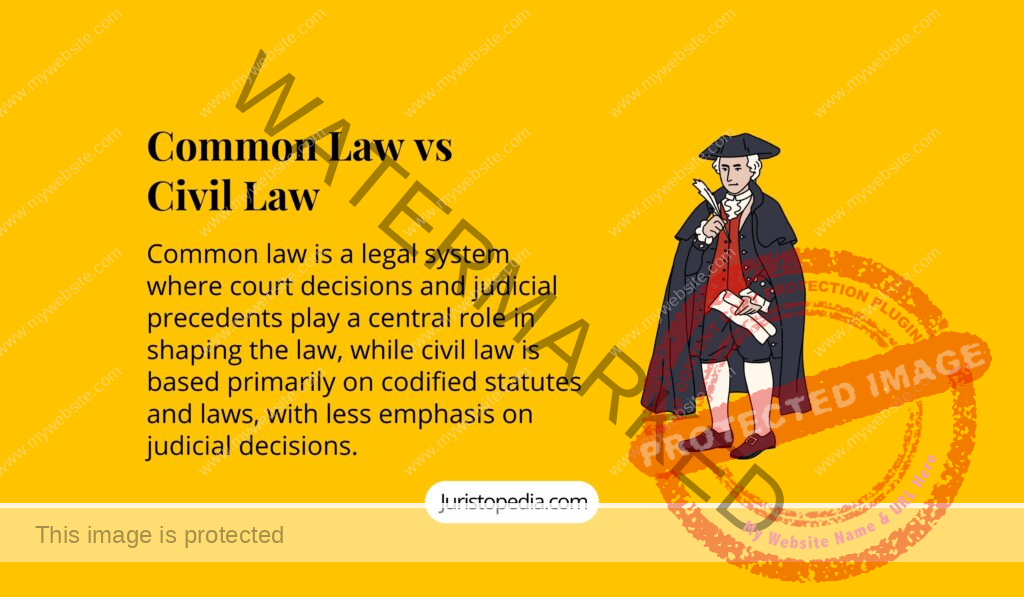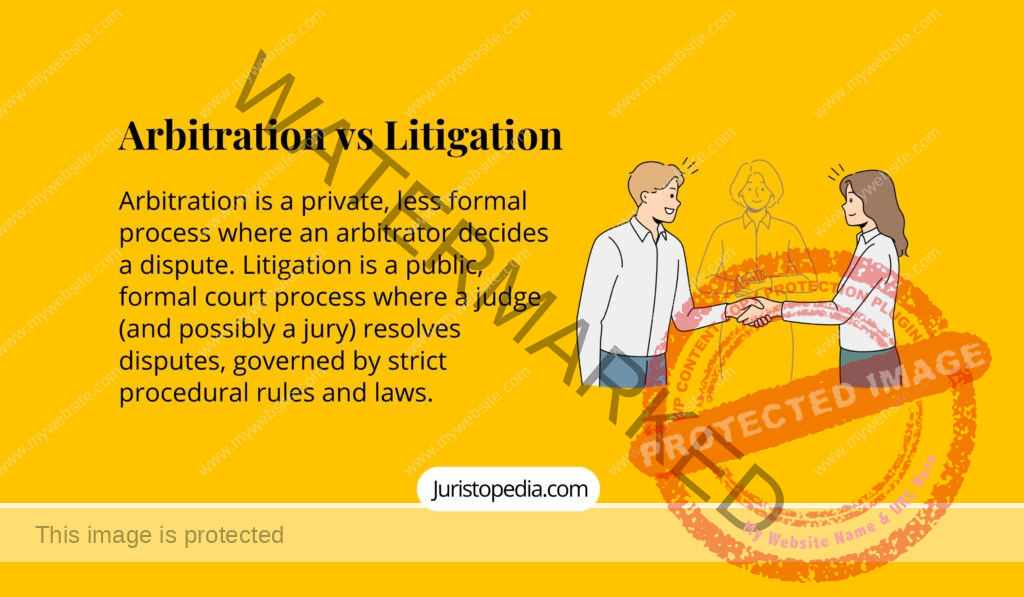Arson: Legal Meaning, Categories, Elements, Punishment and Defences under Criminal Law
What is Arson?
Arson is the deliberate and malicious act of setting fire to buildings, wild areas, vehicles, or other property, often with the intent to cause damage, harm, or deception, and may encompass various motivations, from insurance fraud and revenge to vandalism or the concealment of another crime.
Arson Legal Meaning
It is commonly associated with fiery images of burning buildings and chaos and has long been a topic of intrigue in crime thrillers and news headlines.
Beyond its dramatic portrayal in media, however, lies a complex legal framework that defines and penalizes this act.
The Basic Definition
It is the intentional act of starting a fire with the purpose of causing damage or harm. Historically, the crime was limited to burning another person’s dwelling.
Still, modern statutes have expanded the definition to include other property types and even one’s property (especially if the intent is to defraud, like in insurance fraud cases).
Key Elements of Arson
For someone to be convicted, certain elements generally need to be proven beyond a reasonable doubt:
- Intention or Malice: It refers to the deliberate act of starting a fire. Accidental fires, regardless of the damage caused, typically do not qualify.

- Property Damage: For most jurisdictions, there should be some damage to the property, no matter how minimal.
- Type of Property: As mentioned earlier, while initial definitions centred around dwellings, today’s statutes often include structures, forest land, and personal property.
Categories and Degrees of Arson
It can be categorised into different degrees, depending on the severity of the crime and its intent:
- First-degree Arson: This is often the most severe form. It typically involves intentionally burning an inhabited structure or building, risking lives. The penalty for this degree of arson is usually the most stringent.
- Second-degree Arson: This usually involves structures that are not occupied. While it poses a less direct threat to human life, the consequences and penalties remain severe.
- Third-degree Arson: This generally involves other types of property, including personal property, with a lower associated value.
Motivations for Arson
Understanding motivations can sometimes be crucial in legal proceedings. Common motivations include:
- Vandalism: Some commit arson purely for the thrill or as an act of rebellion.
- Insurance Fraud: Some individuals or businesses aim to collect insurance money by burning their property.
- Retaliation or Revenge: Personal disputes or vendettas might motivate someone to commit arson.
- To Conceal Another Crime: Fires can be started to destroy evidence of another crime, like burglary, homicide or murder.
- Mental Illness or Compulsion: Some individuals might start fires due to psychological disorders, where setting a fire gives them relief or pleasure.
Are there specific tools or methods commonly used by arsonists?
Common tools perpetrators use include accelerants like gasoline, kerosene, or alcohol, which enable fires to spread rapidly. These substances often leave distinct burn patterns and chemical residues that fire investigators look for during post-fire analyses.
Matches, lighters, and timed or remote ignition devices can start the fire. To ensure the fire sustains, some perpetrators use “fireload” materials like paper, cloth, or other flammable items strategically positioned to feed the flames.
Moreover, they might use containers or bottles, famously known as Molotov cocktails, which shatter upon impact, releasing the flammable liquid inside.
Certain methods are employed to delay the discovery or ignition of the fire, such as using slow-burning fuses or placing candles near combustibles.
Some will also manipulate the scene to mimic accidental causes, like overloading power outlets or causing gas leaks.
Additionally, a few perpetrators might utilise knowledge of building structures, ensuring the fire spreads to key areas, making containment difficult.
Penalties and Punishments
Punishments vary greatly depending on the jurisdiction, degree of offence, the resulting damage, and whether there were injuries or fatalities.
- Imprisonment: Serious offences, especially those resulting in death or major property damage, can lead to long prison sentences.
- Fines: The perpetrator may be required to pay hefty fines, often proportional to the damage caused.
- Restitution: Courts may order the perpetrator to pay restitution, compensating victims for property damage or medical expenses.
- Probation: In less severe cases or based on the circumstances surrounding the arson, individuals might be sentenced to probation.
- Mental Health Treatment: Courts may order psychiatric evaluation and treatment if it results from a psychological disorder.
What Is The Role Of An Arson Investigator?
An arson investigator differentiates between accidental and deliberate fires by analysing fire patterns, burn paths, and the presence of accelerants. Using a systematic approach, they collect physical evidence, take photographs, and interview witnesses to piece together the sequence of events leading up to and during the fire.
They often work closely with fire departments, law enforcement, and forensic specialists to gather and interpret evidence.
Their expertise plays a critical role in the criminal justice system, as their findings can lead to arrests, charges, and prosecutions of suspected arsonists.
Moreover, they may also collaborate with insurance companies to identify insurance fraud cases. Arson investigators undergo specialised training to safely and accurately perform their duties, given the potential danger and complexities of fire scenes.
Defences
Legal defences against charges might include:
- Lack of Intent: Proving that the fire was accidental or that there was no malicious intent.
- Insufficient Evidence: Arguing that there’s insufficient evidence to prove the defendant committed the act.
- Alibi: Providing evidence that the accused was elsewhere when the fire started.
- Mistaken Identity: Suggesting that someone else was responsible for the fire.
What Is The Difference Between Arson And Reckless Burning?
Arson and reckless burning are related to setting fires but differ in intent and legal implications.
Arson involves deliberately and maliciously starting a fire to cause damage, harm, or deception.
It is typically associated with a clear intent to destroy property, whether for personal reasons, revenge, or financial gains like insurance fraud.
It is premeditated, and the individual committing it fully understands the potential consequences of their actions.
On the other hand, reckless burning, sometimes called “negligent burning,” occurs when a person unintentionally starts a fire due to carelessness or negligence.
While the act has no malicious intent, the individual’s disregard for safety or lack of precaution can lead to property damage or potential harm.
Legal penalties for reckless burning are usually less severe than arson, reflecting malicious intent’s absence.
Are there any notable arson cases in legal history?
One of the most infamous is the UpStairs Lounge arson attack in 1973 in New Orleans. A fire set in a gay bar resulted in the death of 32 people.
The case remained unsolved but is remembered as one of the deadliest attacks on the LGBTQ+ community in U.S. history.
The 2003 arson attack in Stoke Newington, London, also stands out. A squatter, upset by his eviction, retaliated by setting a deadly fire in a shop beneath a flat. A young family, including two children, perished. The perpetrator was found guilty and imprisoned for life.
The Happy Land Fire in 1990 in the Bronx, New York, is another tragic event. An unemployed Cuban refugee set fire to a social club, killing 87 people. The perpetrator was convicted of arson and 87 counts of murder.
Internationally, the Daegu subway fire in South Korea in 2003 was caused by a perpetrator who ignited flammable liquid inside a train. The tragic event claimed nearly 200 lives and injured many more.
Conclusion
In conclusion, arson is a severe and multifaceted crime with varying definitions, degrees, and implications across jurisdictions.
Beyond setting a fire, understanding the intricate legal nuances can provide deeper insights into its societal impact and the legal measures to prevent and penalize such acts.
If faced with arson charges or accusations, consulting with a legal expert familiar with the specific laws in the relevant jurisdiction is essential.








